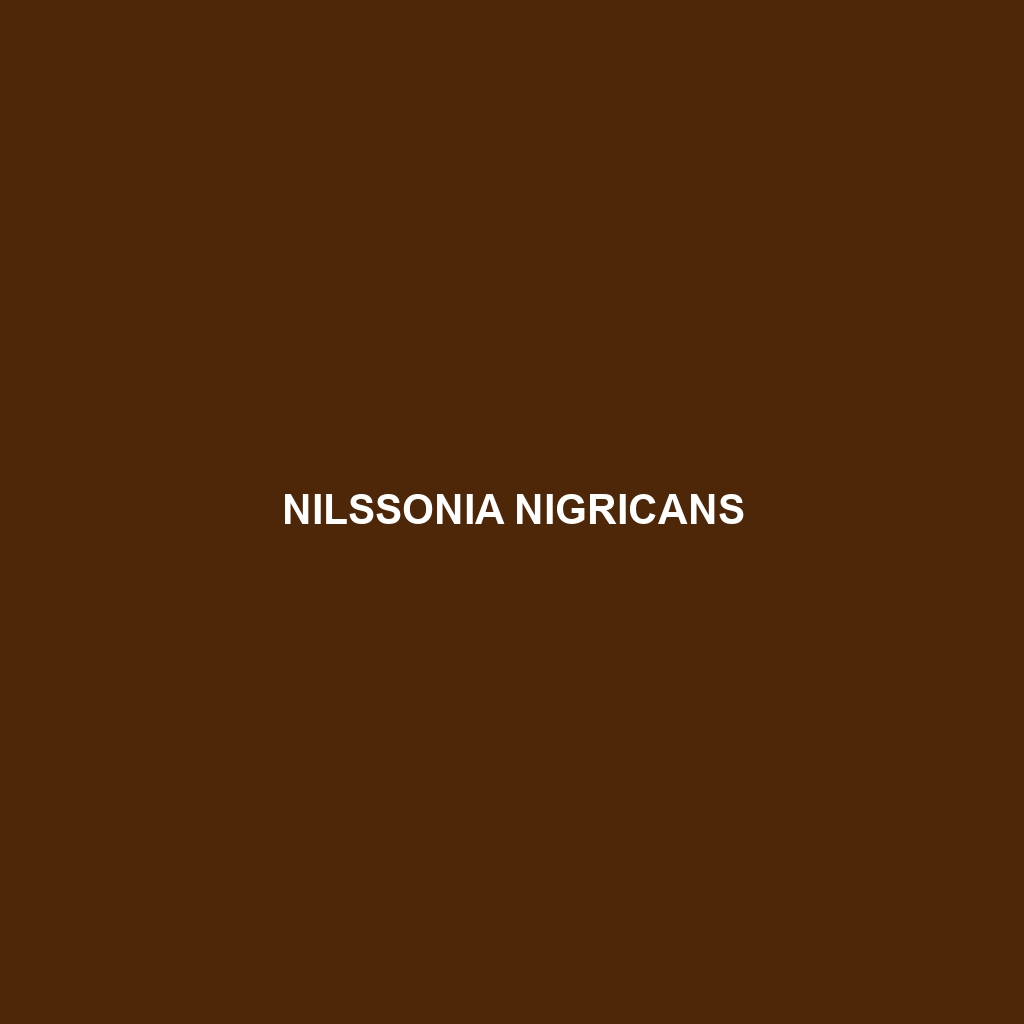Discover the vibrant Notochelys platynota, or Myanmar pond turtle, a versatile omnivore thriving in Southeast Asia's freshwater habitats, with distinctive flat shells, strong limbs for swimming, and a vital role in maintaining aquatic ecosystems. This vulnerable species showcases intriguing behaviors and unique basking habits, making it essential for biodiversity and nutrient cycling in its environment.
Tag: freshwater habitats
Nilssonia nigricans
Discover the Nilssonia nigricans, or black softshell turtle, known for its unique soft, leathery skin and diurnal behavior. This freshwater inhabitant thrives in slow-moving rivers and ponds across South and Southeast Asia, showcasing a fascinating diet and vital role in maintaining local ecosystems.
Nilssonia leithii
Discover the Nilssonia leithii, or Southern River Terrapin, a medium-sized turtle thriving in Southeast Asia's freshwater habitats. With its unique dark olive carapace and long neck, this omnivorous species plays a vital role in its ecosystem, contributing to nutrient cycling and serving as an indicator of freshwater health.
Nilssonia formosa
Discover the <b>Nilssonia formosa</b>, or Asian softshell turtle, known for its unique flattened, leathery shell and adaptability to various freshwater habitats in Southeast Asia. This omnivorous species plays a crucial role in maintaining ecological balance while facing threats from habitat destruction and illegal trade.
Nerodia taxispilota
<p>Discover the <b>Brown Water Snake</b> (<i>Nerodia taxispilota</i>), a semi-aquatic predator known for its robust 3 to 5 feet length, distinct coloration, and vital role in maintaining balanced aquatic ecosystems. This non-venomous species thrives in freshwater habitats across the southeastern United States, feeding on fish and amphibians while showcasing fascinating behaviors during mating season.</p>
Nerodia paucimaculata
Discover the Nerodia paucimaculata, or few-spotted water snake, a semi-aquatic species found in freshwater habitats across North America, characterized by its 2 to 4-foot length, dark brown to greyish scales adorned with lighter spots, and unique hunting techniques utilizing stealth and ambush tactics. As a vital predator in its ecosystem, it contributes to a balanced aquatic environment while adapting flexibly to seasonal dietary variations.
Nerodia rhombifer
<b>Nerodia rhombifer</b>, commonly known as the Diamondback Water Snake, is a robust aquatic serpent native to the southeastern United States, characterized by its distinctive diamond-shaped markings and exceptional swimming abilities. Preferring freshwater habitats, it plays a vital role in maintaining the balance of local ecosystems by preying on fish and amphibians.
Nerodia harteri
<strong>Nerodia harteri</strong>, commonly known as Harter's Water Snake, is a non-venomous snake found primarily in freshwater habitats like swamps and marshes in the southeastern U.S. Characterized by its slender body, dark brown to olive-green coloration, and diurnal behavior, it plays a crucial role in aquatic ecosystems by regulating fish and amphibian populations.
Nerodia floridana
Introducing the Florida Green Watersnake (Nerodia floridana), a medium to large, non-venomous snake found in freshwater habitats of the southeastern United States, known for its olive-green coloration and exceptional swimming ability. This versatile predator primarily feeds on fish and amphibians, playing a vital role in maintaining aquatic ecosystem balance.
Nerodia fasciata
<b>Nerodia fasciata</b>, also known as the banded watersnake, is a nonvenomous species found in freshwater habitats across the southeastern United States, characterized by its robust body, striking banded coloration, and adaptability to both diurnal and nocturnal environments. This fascinating carnivore primarily preys on fish and amphibians, playing a crucial role in maintaining aquatic ecosystem balance.








